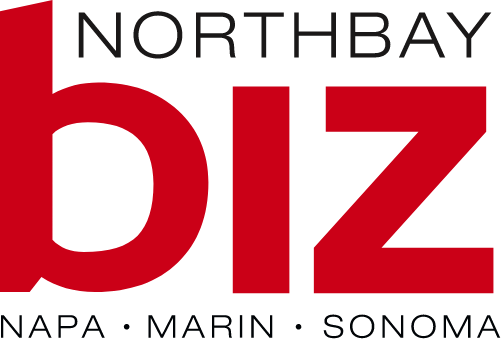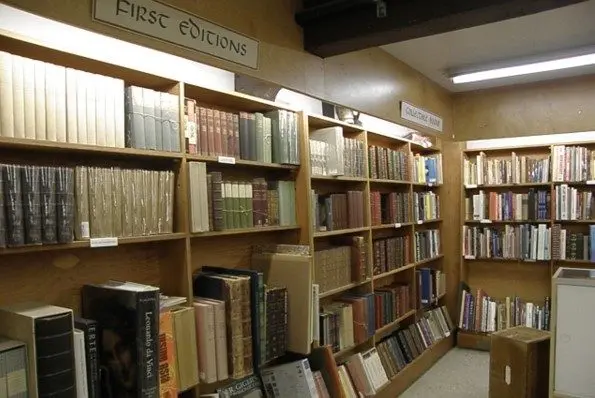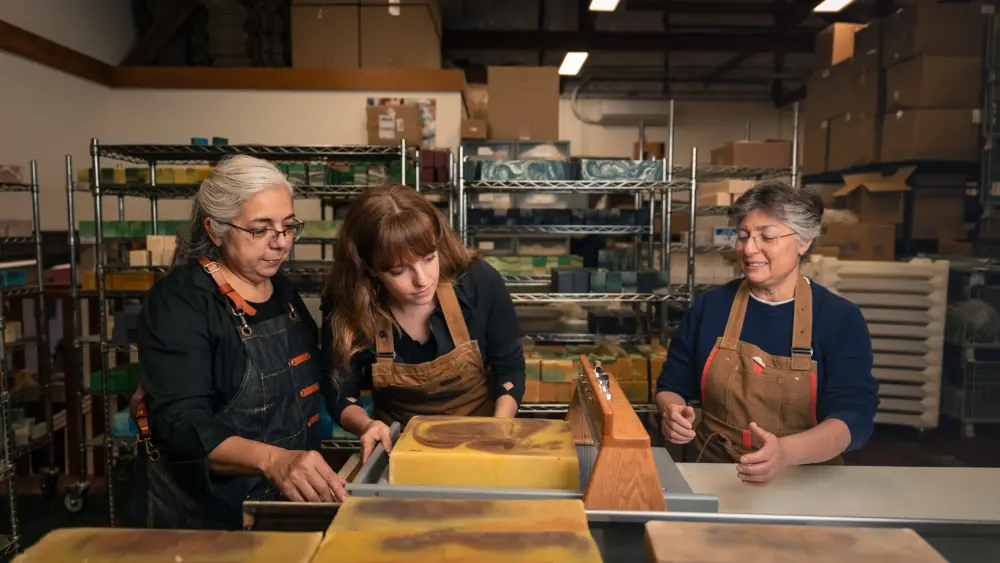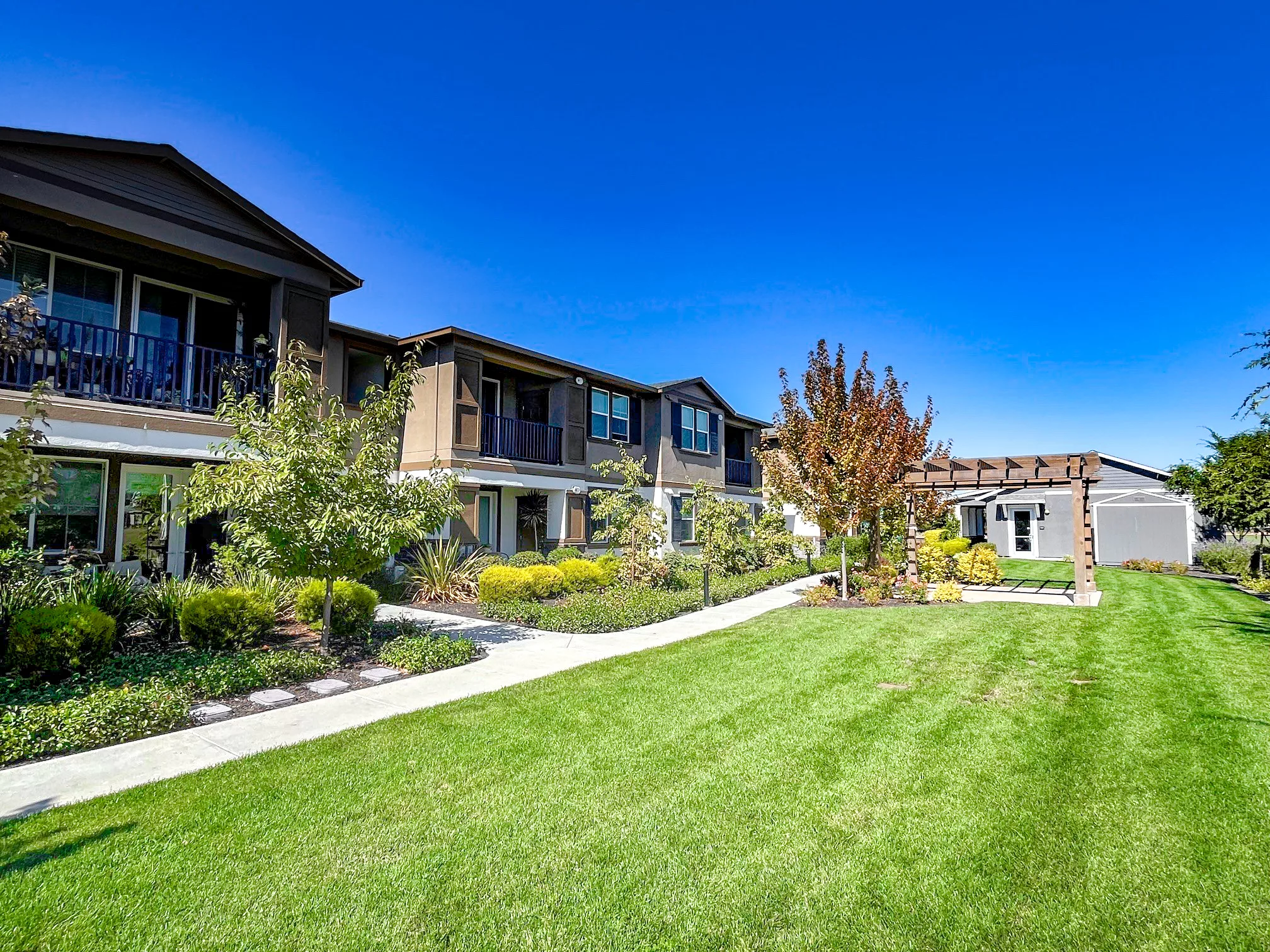
The 36 units at Willowglen Apartments in southeast Rohnert Park, completed in 2022, are affordable housing constructed by Burbank Housing. [Photo courtesy Burbank Housing]
Rohnert Park has rental and ownership units at lower prices than many other cities in the North Bay, but it is a challenge to ensure that prices and supply continue to match the incomes of prospective tenants and owners. The city partners on this task with nonprofit organizations, including Burbank Housing, a Santa Rosa-based affordable housing developer and property manager, and Housing Land Trust (HLT) of the North Bay, a Petaluma-based nonprofit. The latter organization assists individuals priced out of the housing market with purchasing homes restricted by the terms of a land trust.
Generally, residential property developers are required to build 15% of the units as affordable housing. State law mandates that the City of Rohnert Park build 25%, or approximately 113, of the units in the new downtown as affordable housing. The requirement for this area is higher because the new downtown is public property owned by the city.
Rohnert Park showcases affordable housing rental opportunities on a city website. The current list includes The Arbors, Gardens at Santa Alicia, Tower Apartments, Vida Nueva and Willowglen Apartments managed by Burbank Housing.
The most recently completed development is Willowglen Apartments, in 2022.
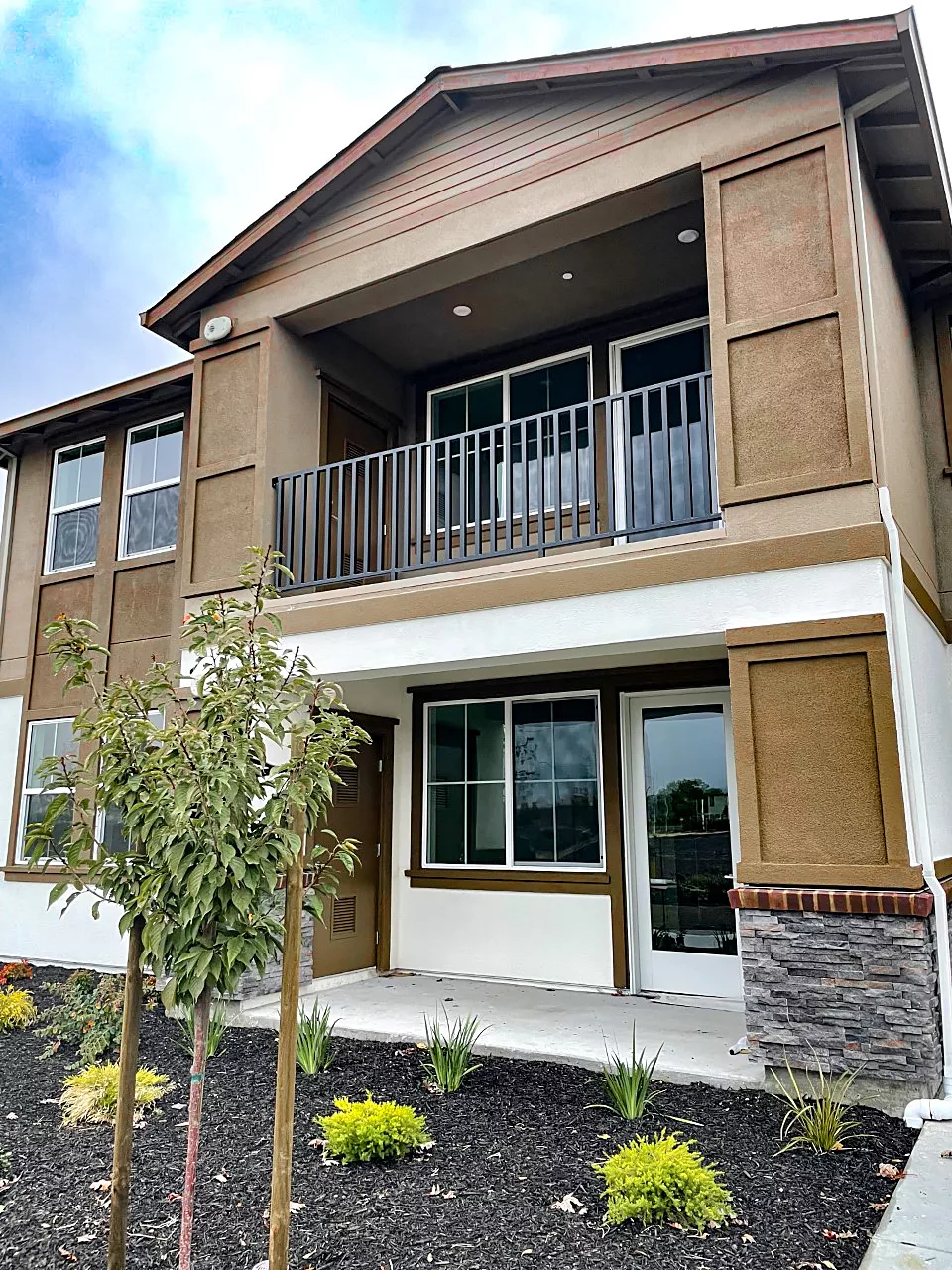
“We’re now looking at potential Homekey projects in Rohnert Park. These would create housing for individuals experiencing or at risk of homelessness. We’re considering sites that are centrally located. We also hope to get involved in creating and managing affordable housing units in the new downtown,” says Jocelyn Lin, director of housing development for Burbank Housing.
Sites with easy access to commercial shopping centers and major roads are particularly attractive for affordable housing. These areas allow workers to walk to their jobs and make essential trips like grocery shopping.
Rohnert Park has a number of areas open in these types of spots. The Urban Growth Boundary limits building on the outskirts of town.
The city is working with HLT to identify and develop other areas for affordable housing ownership. HLT is excited about these collaborations because Rohnert Park tends to build on a larger scale than other cities in Napa and Sonoma counties.
As of fall 2024, Rohnert Park and HLT have created 32 permanently affordable ownership homes and stewarded four resales of those homes. This means the former owners-built equity and sold to the next buyers at affordable prices.
“These 32 homes have already served 36 families and will continue to serve more,” says Dev Goetschius, executive director of the Housing Land Trust of the North Bay.
Goetschius adds inclusionary zoning is one of the strongest ways to consistently promote affordable housing that is part of the community. Such zoning is created by government ordinances that require or provide incentives to make a certain percentage of units in a new development affordable.
“Rohnert Park has great inclusionary zoning code. Keeping it and strengthening it will continue to create more affordable housing. The City’s new Housing Element cycle also began last year. There are new programs that are just taking effect,” says Goetschius.
Rohnert Park has room to move in other directions, like reforming impact fees.
“The 2024 Generation Housing Action Plan proposes a right size impact fee policy that would incentivize deed-restricted affordable and affordable by design housing,” says Calum Weeks, policy director for Generation Housing. The organization is a Santa Rosa-based nonprofit focused on increasing the supply, affordability and diversity of homes throughout the North Bay.
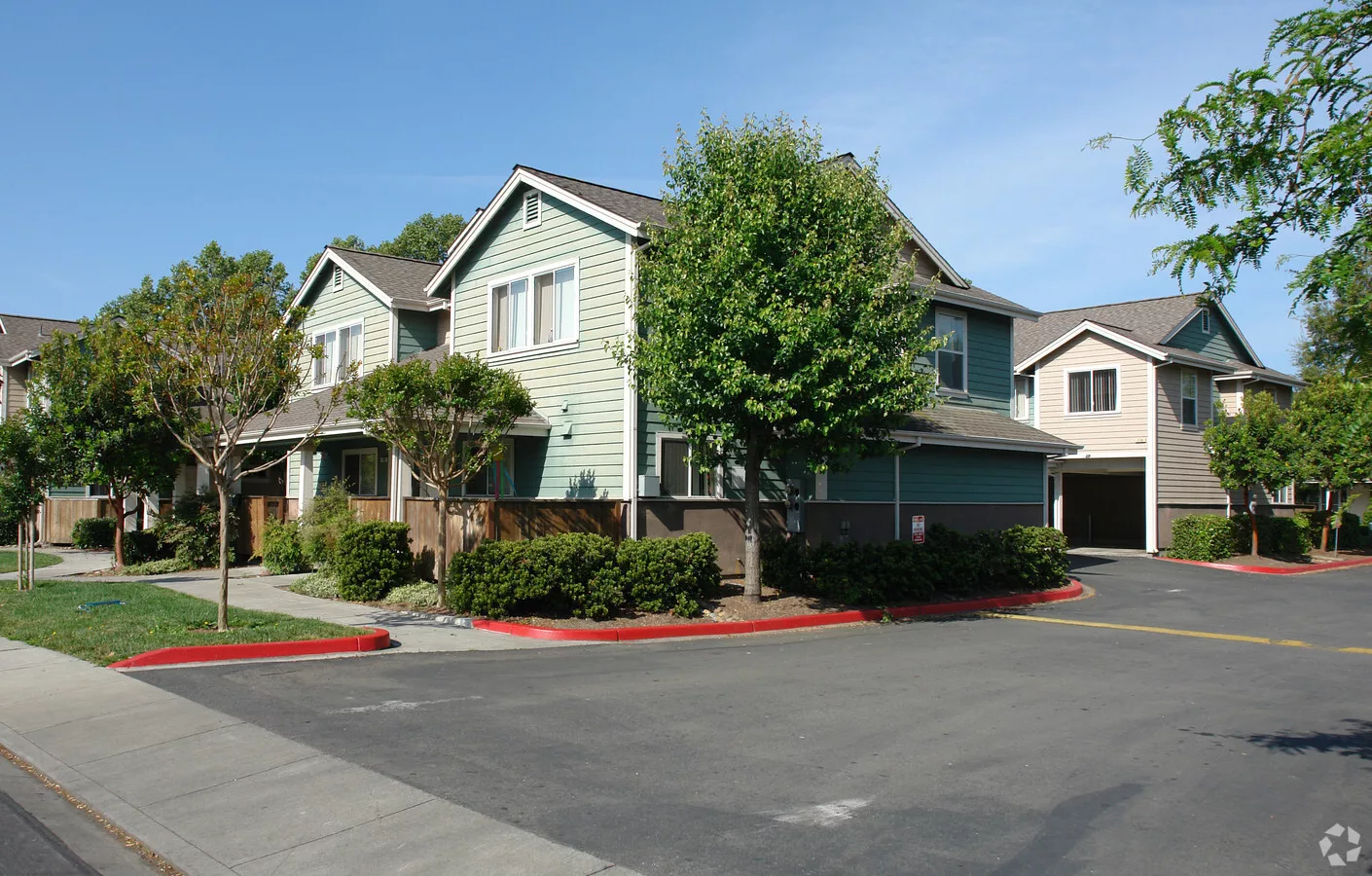
“Additional action is needed to ensure we continue building a steady volume of housing that supports people from all walks of life. A diverse community is a vibrant community,” says Weeks.
HLT views education as key to helping new owners of affordable housing retain ownership. The organization currently provides pre-purchase support and education for applicants and prepares for the close of escrow.
“(We) continue in that role while they are in their home, ensuring a successful homeownership experience,” says Goetschius.
Having a spectrum of housing in certain areas may also encourage renters and owners of affordable housing to remain in the city where they currently live. Other cities and unincorporated areas of the North Bay could adopt Rohnert Park’s strategy for creating this type of spectrum.
“[Establishing a spectrum of housing] is epitomized in the Willowglen development, which has housing from rentals to Housing Land Trust homeownership homes to a variety of market rate homes. We are also seeing this in other cities, where both the inclusionary units and market rate units are a variety of housing types, such as Makenna and Riverbend developments in Petaluma. In these developments, there are identical market rate units next to inclusionary units,” says Goetschius.
